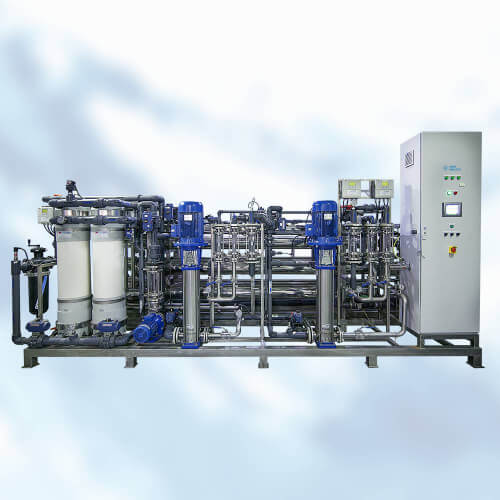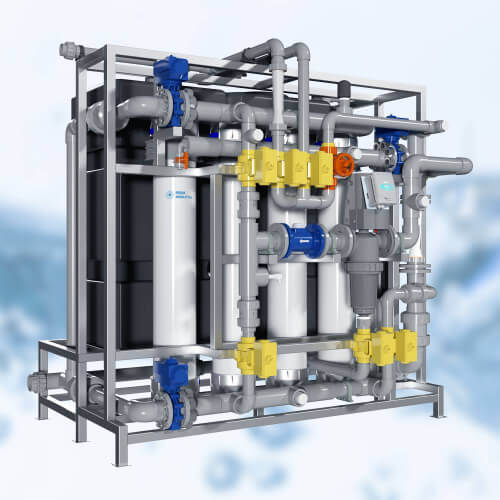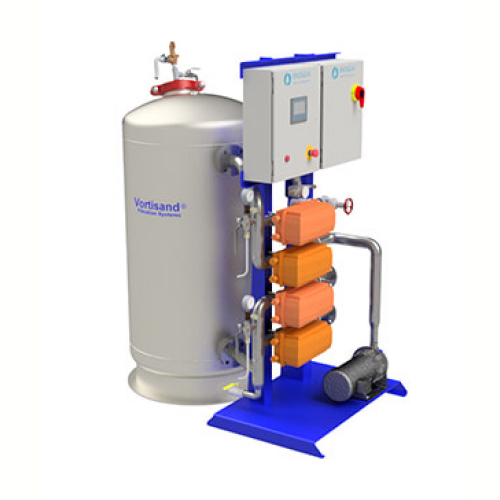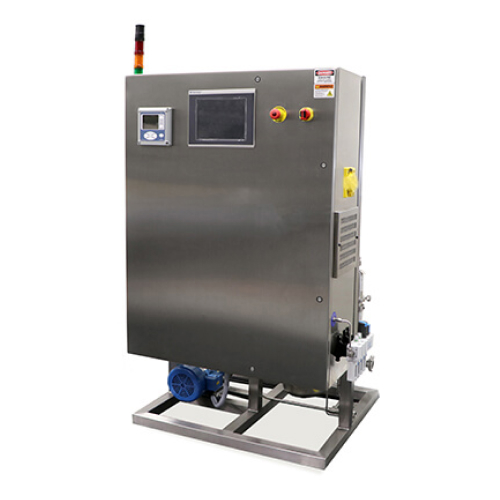Recent Posts
Water Purification Methods in the UAE

Water, a precious resource in the arid landscapes of the United Arab Emirates (UAE), undergoes an intricate purification journey before it reaches homes, industries, and communities. With limited natural freshwater sources, the UAE relies heavily on innovative techniques and advanced technologies to ensure the provision of safe and potable water.
Comprehensive Overview of Water Purification Methods in the UAE
Introduction: Water, a precious resource in the arid landscapes of the United Arab Emirates (UAE), undergoes an intricate purification journey before it reaches homes, industries, and communities. With limited natural freshwater sources, the UAE relies heavily on innovative techniques and advanced technologies to ensure the provision of safe and potable water. This report aims to delineate the comprehensive process of water purification in the UAE, encompassing various methods employed to meet the escalating water demands sustainably.
Desalination – The Mainstay of UAE’s Water Supply: Desalination stands as the cornerstone of water purification in the UAE. With the Persian Gulf at its doorstep, the UAE harnesses desalination plants to convert seawater into freshwater through two primary methods: thermal distillation and reverse osmosis (RO).
- Thermal Distillation: Historically significant, this method involves heating seawater to generate steam, which is then condensed to produce freshwater. Though effective, advancements in desalination technologies have somewhat reduced its prevalence due to its high energy consumption.
- Reverse Osmosis (RO): Predominantly adopted in the UAE, RO entails pushing seawater through semi-permeable membranes, effectively separating salts and impurities. This method, while energy-intensive, offers higher water recovery rates and has become the favored technique in modern desalination plants across the Emirates.
Advanced Treatment Processes: While desalination serves as the primary source of freshwater, the UAE also employs advanced treatment processes to enhance water quality and ensure compliance with stringent health standards.
- Ultrafiltration and Microfiltration: Preceding the desalination process, membranes with finer pore sizes are utilized to remove suspended particles, bacteria, and protozoa, further refining the seawater.
- UV Disinfection: Post-desalination, ultraviolet (UV) disinfection is employed to eradicate any remaining microorganisms, ensuring the microbiological safety of the water supply.
Integration of Sustainable Practices: Amidst the pursuit of meeting water demands, the UAE has been proactive in adopting sustainable practices to mitigate the environmental impact and optimize water usage efficiency.
- Brine Management: Efforts are made to manage the disposal of concentrated brine, a byproduct of desalination, to minimize its environmental impact on marine ecosystems.
- Water Reuse and Recycling: Embracing innovative solutions, the UAE promotes water reuse and recycling initiatives, particularly in irrigation for agriculture and landscaping, reducing strain on freshwater reserves.
Conclusion: The UAE’s journey of water purification is a testament to relentless innovation and a strategic approach toward addressing water scarcity. Through the integration of desalination technologies, advanced treatment processes, and sustainable practices, the nation ensures a consistent supply of potable water to its residents and industries. As the UAE continues to evolve its water management strategies, the focus remains steadfast on balancing water security with environmental sustainability for a thriving future.









